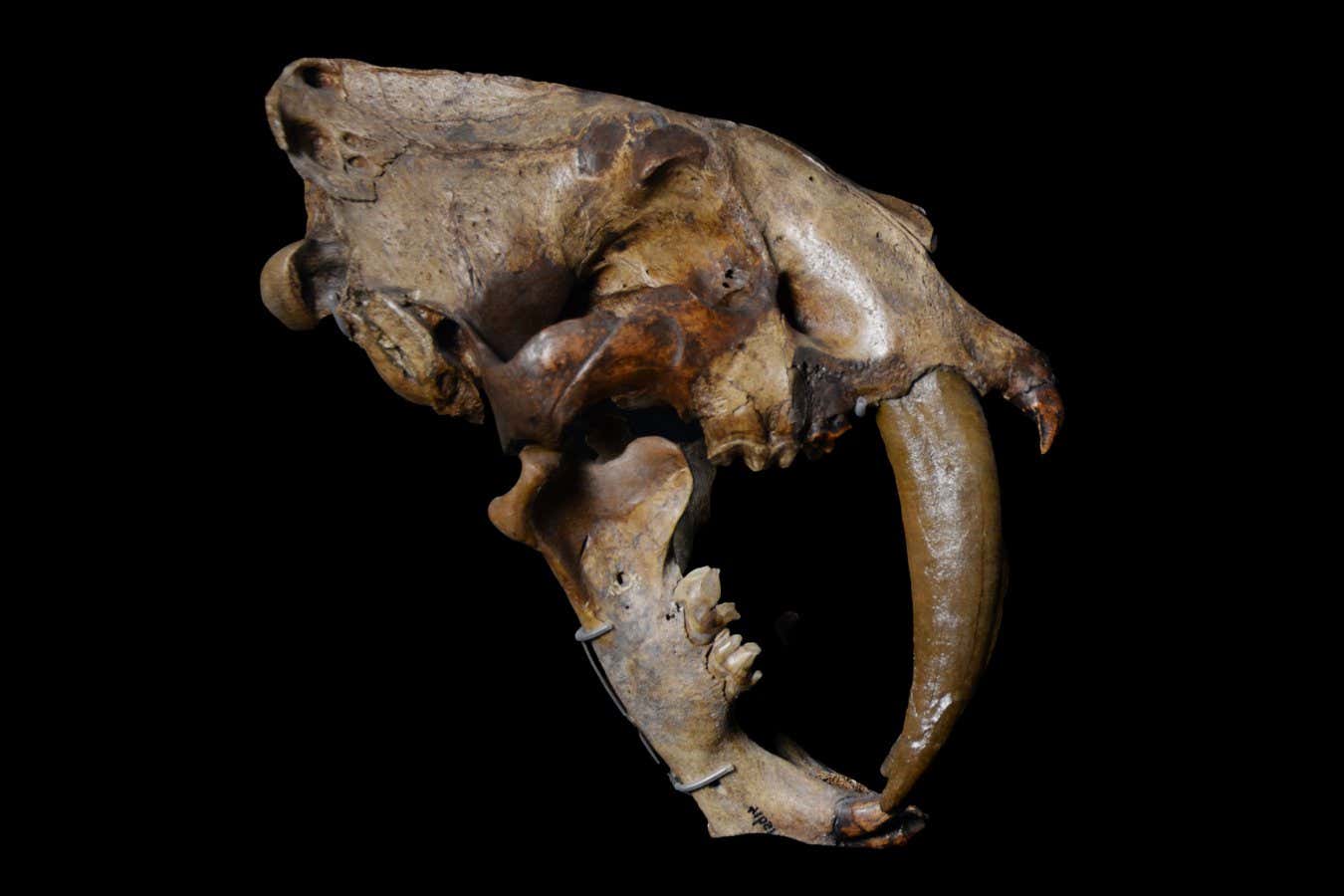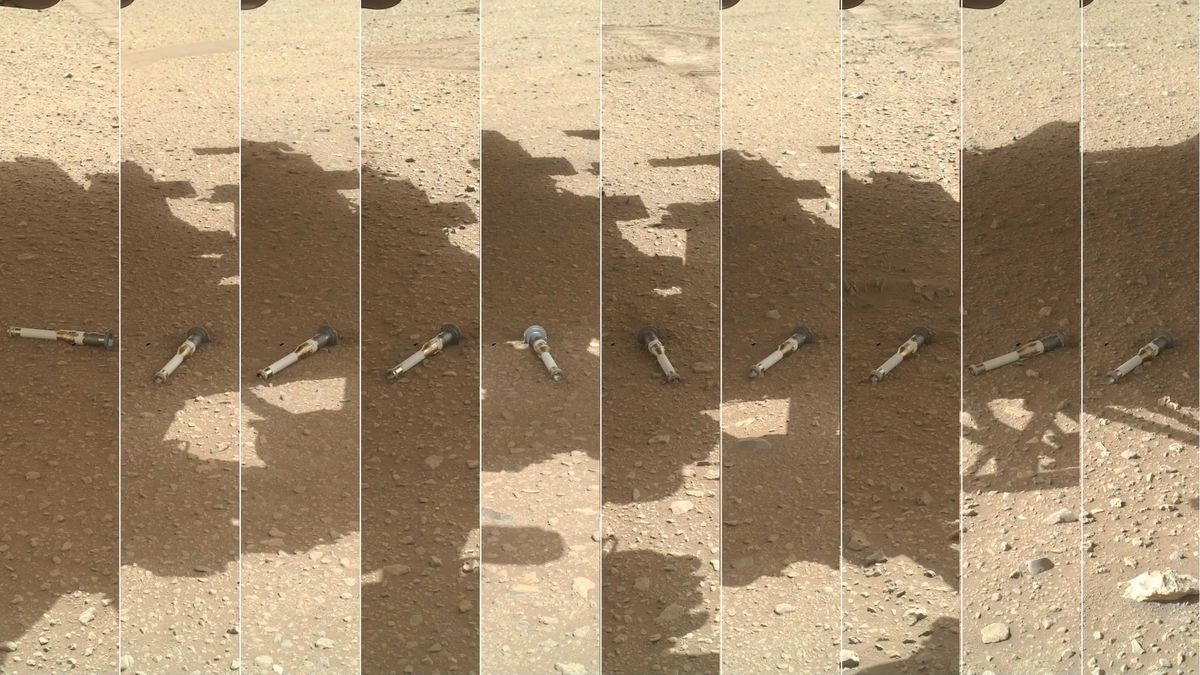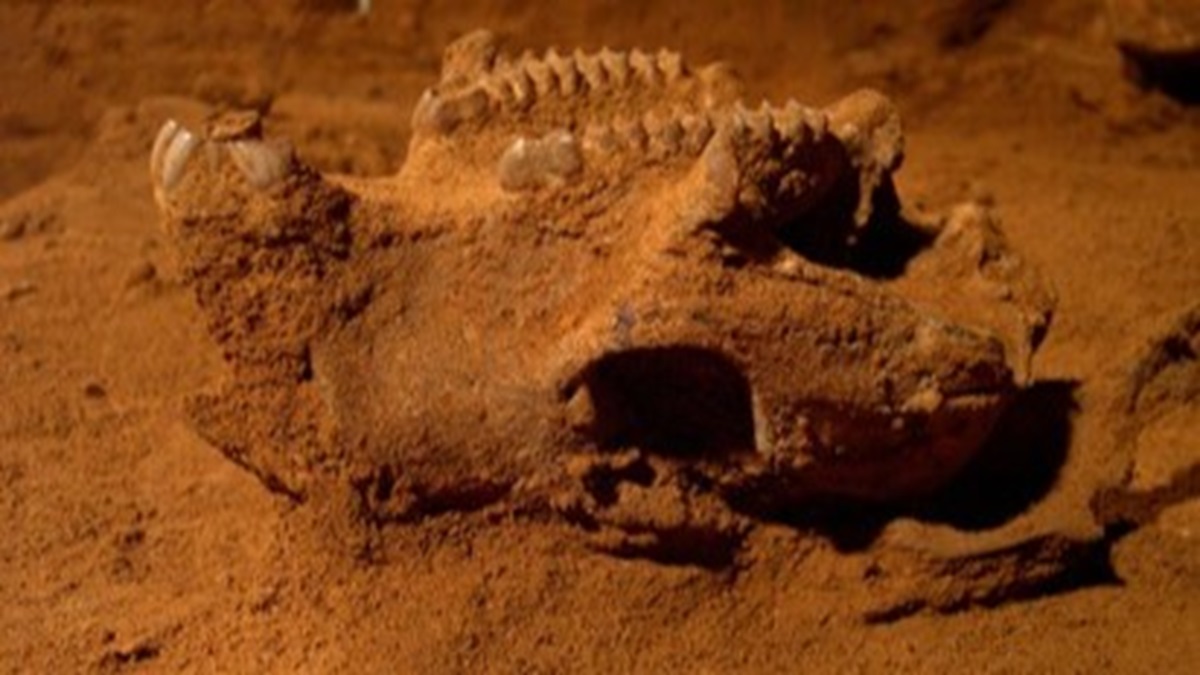
Article body copy
In the late Miocene epoch, roughly 5.9 million years ago, calamity befell the Mediterranean Sea. In a period of roughly 600,000 years, tectonic uplift sealed the gateway between Europe and North Africa, cutting the basin off from the Atlantic Ocean. Suddenly—geologically speaking—the Mediterranean was an inland sea. Before that, “you can imagine a nice tropical place with tropical reefs everywhere,” says Konstantina Agiadi, a geoscientist and paleontologist at the University of Vienna in Austria.
But soon, the Mediterranean began to evaporate, the vibrant seascape transforming into a series of barren, briny lakes. As it receded—dropping in some places by up to two kilometers—the water left behind a vast layer of gypsum and salt, containing about five percent of all the salt in the ocean. Scientists call it the Mediterranean salt giant.
As the salinity soared, wildlife in the basin struggled, water circulation ground to a halt, and the concentration of dissolved oxygen plummeted. Then, as abruptly as the first time, the Earth lurched again. Tectonic activity lowered the land barrier and the Atlantic came crashing back in. The Mediterranean Sea was reborn. But it would never be the same.
Of the Mediterranean’s profusion of unique local wildlife, just 11 percent, a mere 86 species, survived this so-called Messinian salinity crisis. Everything else—the corals, the grasses, the reef fishes—were wiped out and replaced by Atlantic species. But the rebuilt ecosystem paled in comparison to what was lost. And according to two new papers recently published by Agiadi and her colleagues, even 1.7 million years after the Mediterranean reflooded, the ecosystem still had not fully recovered.
Geologists first stumbled on the Mediterranean salt giant in the 1970s when scientists on a global deep-sea drilling expedition discovered the salt and other signs of evaporation in core samples taken from the Mediterranean seafloor. But the latest analysis, says Daniel García-Castellanos, a geophysicist at the Spanish National Research Council and a coauthor on both papers, gives an unprecedented measure of how the salinity crisis affected the region’s biodiversity. The work shows that “whatever happens catastrophically in a large ecosystem like the Mediterranean has a very long-lasting effect,” he says.
Salt giants have formed elsewhere on Earth from the evaporation of even more ancient seas—in fact, the Mediterranean salt giant is the youngest of its kind. Far older salt giants can be found in northern Canada, Australia, and in various locations across central Europe. Agiadi and García-Castellanos are now busy trying to understand how the development of super salty conditions affected the evolution of life in those environments.
Cataloging the extent of the Mediterranean’s changes, however, took assembling dozens of experts to trawl through existing scientific publications and museum collections to track how nearly 5,000 species fared over a span of roughly eight million years. The data collection was painstaking, and very, very tedious, says Agiadi. But it gave the scientists what they needed to piece together the clearest picture yet of how the Messinian salinity crisis shaped—and continues to shape—life in the area.
In her own work, Rachel Flecker, a paleoclimatologist at the University of Bristol in England who was not involved in the research, recently completed a drilling expedition in the Atlantic Ocean to understand how the Messinian salinity crisis affected life on the other side of the gateway between the Mediterranean and the Atlantic, such as by changing the ocean’s chemistry. “What Agiadi has done is looked really effectively at what’s going on in the Mediterranean,” she says. “Now what we need to do is look at what’s going on out in the [Atlantic] as a consequence.”
More than a historical curiosity, the research should be taken as a warning, Agiadi says. Millions of years after the Messinian salinity crisis, the Mediterranean is, once again, a biodiversity hotspot with a whole new crop of unique local species. But the modern Mediterranean’s roughly 17,000 species are facing crises of their own. Invasive species, pollution, habitat destruction, and ocean warming all threaten the basin’s inhabitants, roughly 20 percent of which are found nowhere else. If there’s anything to learn from an environmental disaster millions of years in the past, it’s this: once that biodiversity is gone, there’s no turning back the clock.
“It’s not the same,” Agiadi says. “You cannot simply repopulate a basin that has been under crisis for whatever reason and expect everything to be fine.”









Leave a Comment